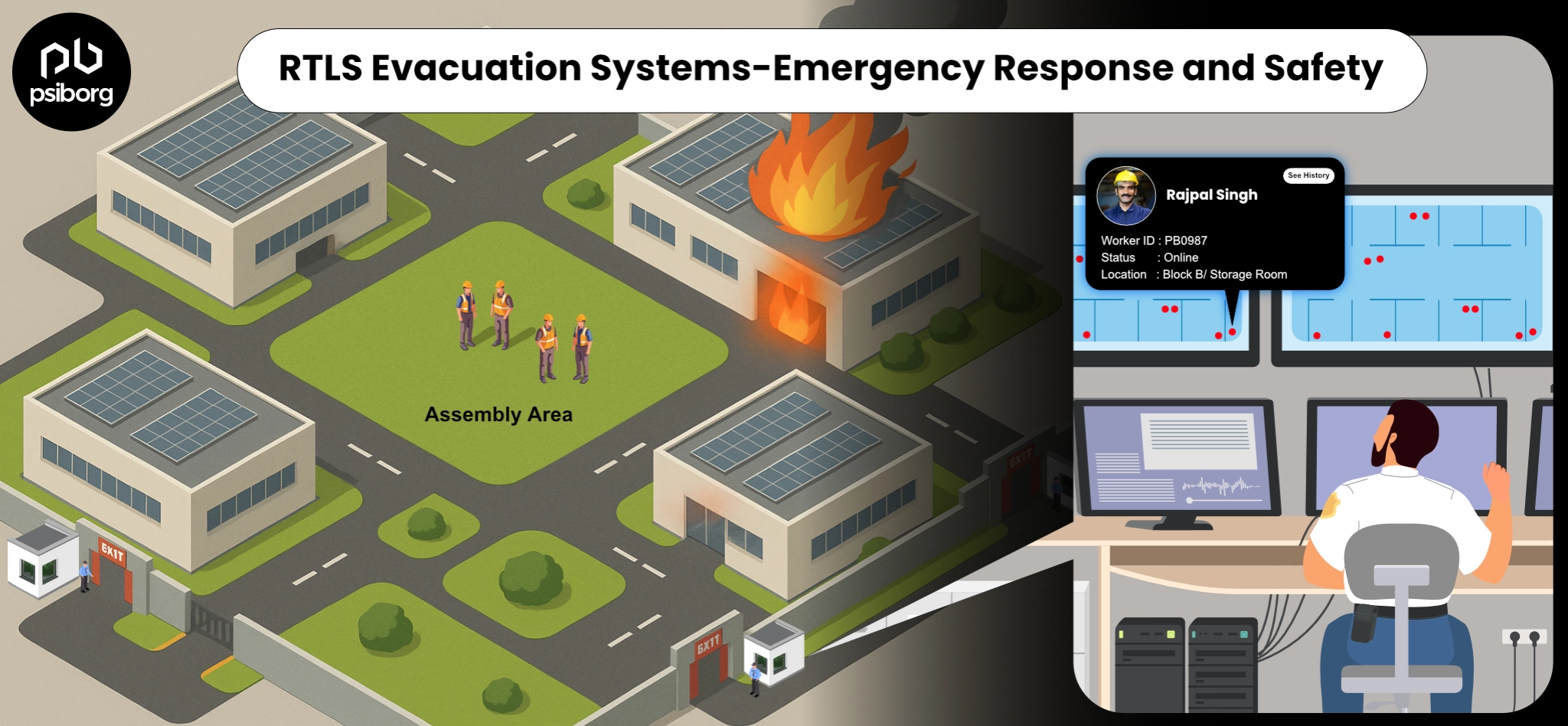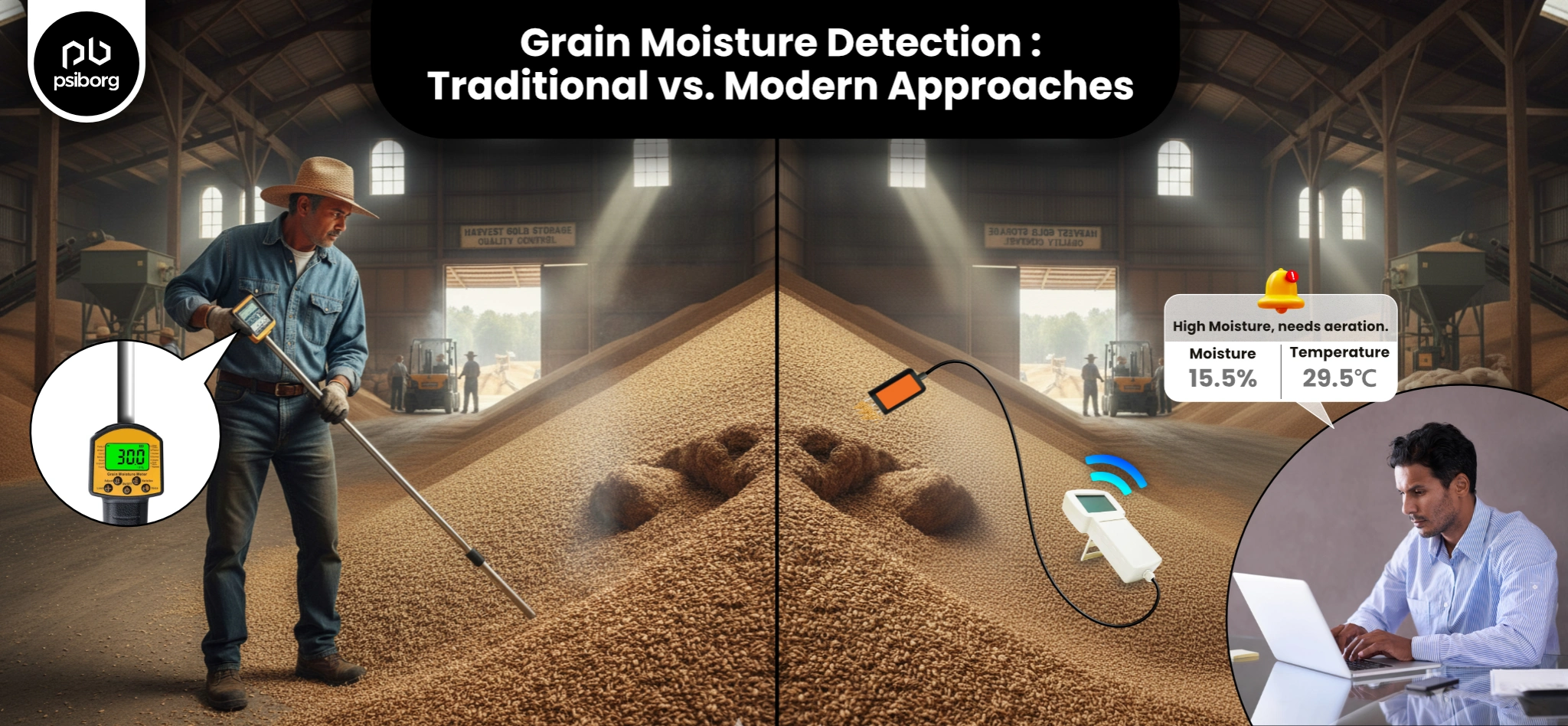WHAT IS AN E-COMMERCE WEBSITE?
An E-commerce website, also known as electronic commerce or internet commerce, refers to the buying and selling of goods or services using the internet, and the transfer of money and data to execute these transactions. E-commerce is often used to refer to the sale of physical products online, but it can also describe any kind of commercial transaction that is facilitated through the internet.
LET’S LEARN A LITTLE BIT ABOUT THE HISTORY OF AN E-COMMERCE WEBSITE.
The history of e-commerce started over 40 years ago when the introduction of early technology like Electronic Data Interchange (EDI) and teleshopping in the 1970s paved the way for the modern-day e-commerce store as we know it today.
The history of e-commerce is closely intertwined with the history of the internet. Online shopping became possible when the internet was opened to the public in 1991. Amazon was one of the first e-commerce sites in the US to start selling products online and thousands of businesses have followed since.
WHAT DID YOU NEED TO BUILD AN E-COMMERCE WEBSITE?
Building an eCommerce website will be a little different than creating a standard website. Beyond securing a domain name and hosting you’ll also need to consider tools and software for processing payments, along with actually creating and manufacturing your products.
Here’s a quick rundown of what’s required to build a website for an eCommerce store:
- A domain name
- A web hosting provider
- A payment gateway provider
- A platform or tool to build your store
- Initial capital to create your products
- Packaging for product shipping
While building an eCommerce store is much cheaper and easier than building a storefront, it does still require some upfront capital and work. Make sure you work out a budget that makes sense for your goals.
WHAT IS E-COMMERCE?
An E-commerce website, also known as electronic commerce or internet commerce, refers to the buying and selling of goods or services using the internet, and the transfer of money and data to execute these transactions. Ecommerce is often used to refer to the sale of physical products online, but it can also describe any kind of commercial transaction that is facilitated through the internet.
LET’S LEARN A LITTLE BIT ABOUT THE HISTORY OF E-COMMERCE:
The history of e-commerce started over 40 years ago when the introduction of early technology like Electronic Data Interchange (EDI) and teleshopping in the 1970s paved the way for the modern-day e-commerce store as we know it today.
The history of e-commerce is closely intertwined with the history of the internet. Online shopping became possible when the internet was opened to the public in 1991. Amazon was one of the first e-commerce sites in the US to start selling products online and thousands of businesses have followed since.
WHAT DID YOU NEED TO BUILD AN ECOMMERCE WEBSITE?
Building an eCommerce website will be a little different than creating a standard website. Beyond securing a domain name and hosting you’ll also need to consider tools and software for processing payments, along with actually creating and manufacturing your products.
Here’s a quick rundown of what’s required to build a website for an eCommerce store:
- A domain name
- A web hosting provider
- A payment gateway provider
- A platform or tool to build your store
- Initial capital to create your products
- Packaging for product shipping
While building an eCommerce store is much cheaper and easier than building a storefront, it does still require some upfront capital and work. Make sure you work out a budget that makes sense for your goals.

BUILDING YOUR E-COMMERCE WEBSITE.
Let’s start by learning a complete path to building an E-Commerce website:-
1). Choosing the Perfect Ecommerce Platform
To become successful in an e-commerce business, one must choose the right e-commerce platform. Luckily you can find plenty of e-commerce platforms out there. You just need to figure out which one is best suited for your needs. If you are new in this segment and low on budget, maybe pricing would be an important factor when choosing the right platform. For a start-up company, it is best to try some free platforms, to begin with. But if you have a large inventory, then go for the reputed ones who can handle the large amounts of the traffic flow without difficulty. Moreover, emphasize the template design as well.
2). Create Effective Product Pages
It’s quite easy to add various products and product pages to any e-commerce store on a majority of the e-commerce platforms. It is extremely important to showcase your products by incorporating product pages at the e-commerce store
3). Keep the option of adding various Features to the eCommerce Site
As we can see, an electronics e-commerce store more likely demands different features than a custom T-shirt store does. Therefore, the majority of e-commerce platforms come with a variety of plug-ins that can be used to incorporate special features into any website. You will get almost endless customization options on reputed platforms while cheaper platforms just provide only a few good plug-ins.
4). Include Reviews.
Over half of regular online shoppers say they read reviews almost every time they shop online. Looking at customer reviews has become a regular part of the purchasing process. By including a review feature on your website, you give your customers a way to hear directly from each other – which is more powerful than what you can tell them
Enabling reviews from third parties shows your customers you’re confident that your products can stand up to customers’ honest feedback. And if the reviews are positive (which they should be if your products are solid), they’ll increase your sales.
As an added benefit, reviews can help you gain valuable feedback about the products you offer and the service experience your customers have. You may be able to pick up some tips that help you improve your eCommerce business results over time.
5). Include Wish List Functionality.
Including wish list functionality accomplishes a few different things:
- It gives people an easy place to point friends and family in the lead-up to a gift-giving event – a situation people regularly make purchases for.
- For people who prefer to research before they buy a product, it gives them a chance to save the items they like for possible future purchases.
- For anyone avoiding impulse buys for budgetary reasons, they can mark now the things they want to come back for later.
Giving people a way to use your website to create a list of items they want creates a few opportunities where those items are more likely to become future sales.
6). Keep an active Search button on the eCommerce site
Statistics have shown that almost 30% of visitors use the search option on e-commerce sites to find the products they want to buy. So it is important to add “search” functionality to make the site more user-friendly.) Must have Optimized Checkout and Payments
E-commerce sites must enable visitors to create a user account before placing a purchase order. Once a user account is created this can be further used to follow up future communication to promote newly arrived products. It also helps to analyze customers’ demographic information and improve sales.
However, it’s necessary to understand that not every visitor will be eager to create an account. In case someone wants to place a one-time order without creating a user account an option must be given to them as well.
Customers should be given different payment choices on how they want to pay. But the method should be simple and convenient for them. If the customer makes it by debit or credit, his secrets need to be kept secret.7
7). Install Analytics
Business owners and commercial e-commerce platforms have always considered analytics as an integral part of their success. If you want to compete for the attention of your customers, or want to know how the content marketing of your e-commerce business is doing, track your sales conversions, and understand the audience better, you must opt for effective and comprehensive analytics platforms.
There are Webmaster Tools in Google Analytics, which help the web developers accurately and successfully calculates the return on investment.
These instruments are widely used both for desktop and mobile versions of e-commerce stores, to monitor traffic, audience engagement, and conversion rates. You can also analyze which marketing campaigns worked best and which campaigns are underperforming.
8). Create a Contingency plan for technical problems
Do you have any backup plan to maintain operations during site crashes or sudden spikes of visitors? This is an important issue since many start-ups’ e-commerce business fails due to a lack of contingency plan for unexpected downtime issues. When customers cannot access your e-commerce store they immediately move on to your nearest competitor’s website. Moreover, slow loading pages also damage your brand perception. Hence when your site has got some traffic and sales it must have specialized staff that deals with the entire backup operations.
9). Must be ready to Optimizing Your E-commerce Website regularly
Optimizing an e-commerce site is of prime importance to ensure a good conversion rate. Normally, a conversion signifies someone has added any product to their shopping cart to purchase later or made a purchase. It is observed that the use of charm pricing i.e. ending in 9 to price items almost doubles the chance of conversions.
Also, Read IoT for Logistics Industry, BUILDING AN E-COMMERCE SITE FOR YOUR BUSINESS.
CONCLUSION
Since thousands of users will be visiting the site to learn about or purchase various products, the developers need to make this process effortless and intuitive. If you are planning to create an eCommerce website for your business, then PsiBorg is the right place for you to kickstart. We are a team of experienced developers, who love to take on challenges and fulfill them. We also offer IoT Services for your E-commerce business.





